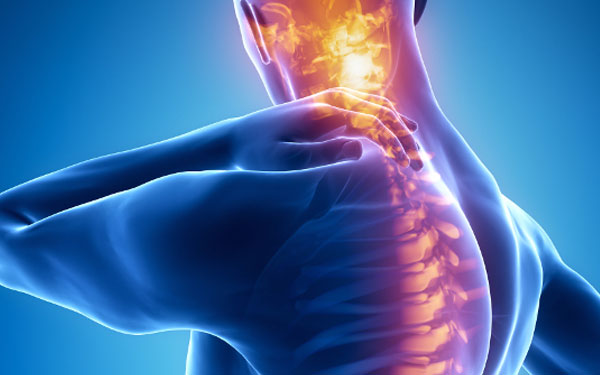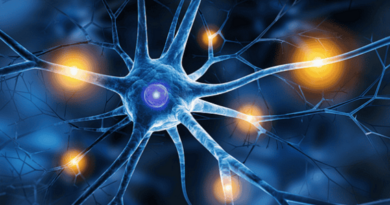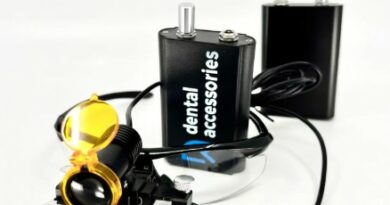Exploring Non-Pharmaceutical Options for Neuropathic Pain Relief
Neuropathic pain, characterized by persistent, often debilitating sensations such as burning, stabbing, or tingling, stems from nerve damage or dysfunction. While pharmaceutical treatments play a crucial role in managing this condition, non-pharmaceutical options offer alternative or complementary approaches to alleviate neuropathic pain. This article explores various non-pharmaceutical methods that can provide relief and improve the quality of life for individuals suffering from neuropathic pain.
Understanding Neuropathic Pain
Neuropathic pain arises from damage or dysfunction in the nervous system, rather than from external injuries. It is often chronic and challenging to treat, affecting millions worldwide and causing significant physical and emotional distress. Common causes include diabetes, shingles, multiple sclerosis, and chemotherapy.
Non-Pharmaceutical Approaches to Neuropathic Pain Relief
Acupuncture
Acupuncture, a cornerstone of traditional Chinese medicine, involves inserting thin needles into specific points on the body. This practice aims to balance the flow of energy (qi) and stimulate the body’s natural healing response. Modern research supports acupuncture’s effectiveness in reducing neuropathic pain by promoting the release of endorphins and other neurotransmitters that inhibit pain signals.
Physical Therapy
Physical therapy plays a vital role in managing neuropathic pain by improving mobility, reducing muscle tension, and enhancing overall physical function. Specific techniques include:
- Manual Therapy: Hands-on techniques such as massage and joint mobilization help reduce pain and improve flexibility.
- Exercise Programs: Tailored exercise routines strengthen muscles, improve circulation, and promote nerve regeneration, crucial for managing neuropathic pain.
Transcutaneous Electrical Nerve Stimulation (TENS)
TENS therapy involves applying low-voltage electrical currents to the skin over the painful area. These electrical impulses disrupt pain signals traveling to the brain, providing immediate relief and promoting the release of endorphins, the body’s natural painkillers.
Mind-Body Techniques
Mind-body therapies focus on the connection between mental and physical health, aiming to reduce pain perception and improve overall well-being. Techniques include:
- Cognitive-Behavioral Therapy (CBT): CBT helps individuals identify and change negative thought patterns and behaviors associated with chronic pain, leading to improved coping mechanisms and reduced pain perception.
- Mindfulness Meditation: Mindfulness practices teach individuals to focus on the present moment without judgment, reducing stress and enhancing pain management skills.
- Biofeedback: Biofeedback uses sensors to monitor bodily functions such as heart rate and muscle tension. By providing real-time feedback, individuals learn to control physiological responses, including pain perception.
Nutritional and Herbal Supplements
Certain dietary supplements and herbal remedies may offer relief from neuropathic pain:
- Alpha-Lipoic Acid: An antioxidant that may help reduce neuropathic pain symptoms and improve nerve function.
- Omega-3 Fatty Acids: Found in fish oil, omega-3s have anti-inflammatory properties that may benefit nerve health and reduce pain.
Heat and Cold Therapy
Applying heat or cold to the affected area can provide temporary relief from neuropathic pain symptoms:
- Heat Therapy: Improves circulation, relaxes muscles, and reduces stiffness, easing neuropathic pain.
- Cold Therapy: Reduces inflammation and numbs the affected area, temporarily alleviating pain sensations.
Integrating Non-Pharmaceutical Approaches with Conventional Treatments
While non-pharmaceutical options can be effective standalone treatments, they are often used in combination with conventional pharmacological therapies for comprehensive pain management. Integrative approaches tailored to individual needs can enhance treatment outcomes and improve overall quality of life for neuropathic pain sufferers.
Conclusion
Non-pharmaceutical options for neuropathic pain relief offer valuable alternatives or complementary approaches to traditional pharmacological treatments. From acupuncture and physical therapy to TENS therapy, mind-body techniques, and dietary supplements, a range of therapies exist to alleviate symptoms and improve the quality of life for individuals with neuropathic pain. Integrating these approaches with conventional treatments can provide holistic care and personalized pain management strategies.




